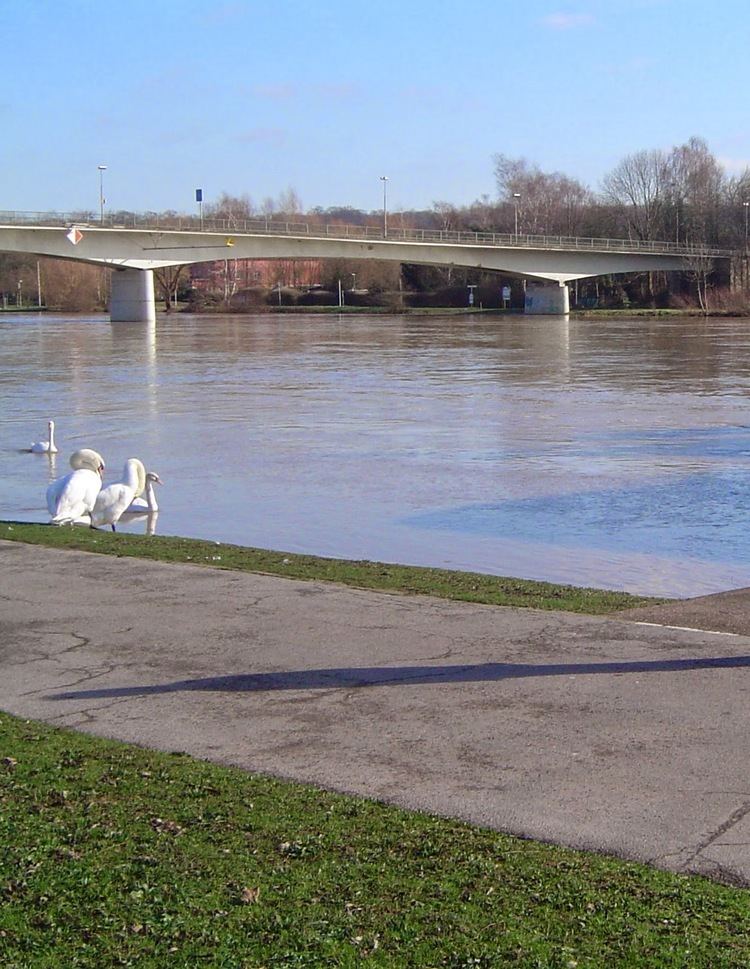Country District Grevenmacher | Area 5.29 km2 Mayor Henri Kox | |
 | ||
Map of Remich
Remich (Luxembourgish: Réimech) is a commune with town status in south-eastern Luxembourg with just under 3,000 inhabitants. It is the capital of the canton of Remich, which is part of the district of Grevenmacher. Remich lies on the left bank of the Moselle river, which forms part of the border between Luxembourg and Germany. The commune is the smallest in Luxembourg in area.
Contents

As of 2005, the town of Remich, which lies in the east of the commune, has a population of 2,883.
The Moselle valley is dominated by wine-making and many small wine-making towns, of which Remich is one of the most picturesque and frequented by tourists.
Remich luxembourg 2014
History
In the 5th century, after the withdrawal of Roman troops, the Roman settlement of "Remacum" gradually turned into "Remich".
In the 8th century the King of the Franks, Pepin the Short ceded his crown estate "Hof Remich" to the Benedictine St. Maximin's Abbey in Trier and to Prüm Abbey. In 882, the Normans destroyed the settlement. Fragments of the medieval town fortifications from 952, such as the St. Nicolas gate, are still visible today. Originally the town gate, it is dedicated to the patron saint of fishermen and sailors, and is registered as a national monument today, as is the decanal church, whose rectangular tower is a former defensive tower from the 12th century. In 1687 the town's fortifications were demolished by the army of Louis XIV.
There are still various coats of arms and guild symbols on some of the houses today.
In 1866 the first bridge was built over the Moselle. After its destruction in World War II it was replaced first with a wooden construction, then in 1958 with the bridge that still stands today. Since its canalisation in 1964, it has been possible for boats to sail on the Moselle all year round.
Remich Fuesend Karneval
Remich annually holds a three-day-long celebration for Carnival (called Fuesend Karneval in Luxembourgish). Remich is notable for two special events in addition to its Fuesend Karneval parades. The first of these is the Stréimännchen, which is the burning of a male effigy from the Remich bridge that crosses the Moselle River separating the Grand Duchy from Germany. The Stréimännchen symbolizes the burning away of winter. The other special event at the Remich Fuesend celebrations is the Buergbrennen or bonfire that closes the celebration.
